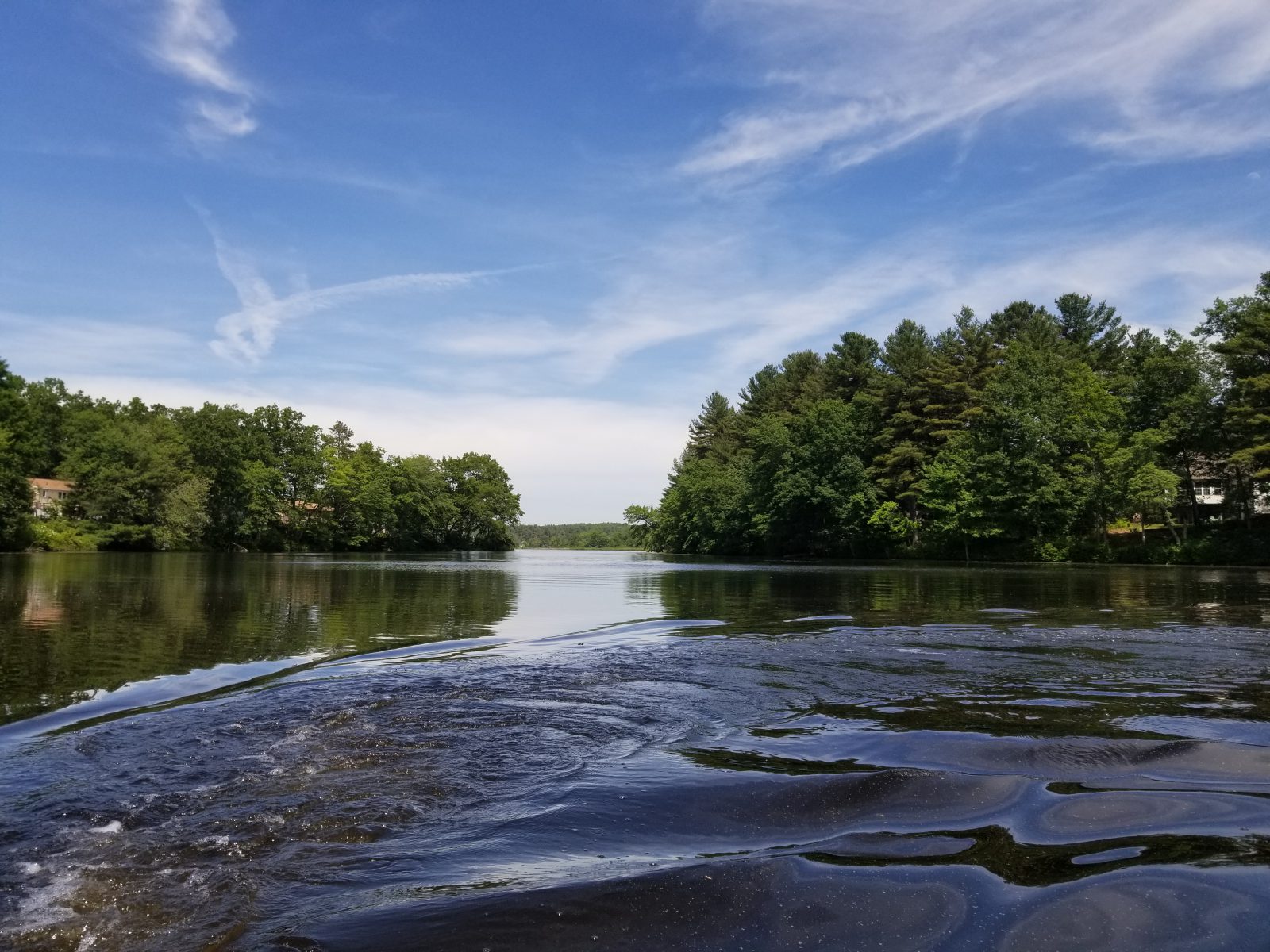
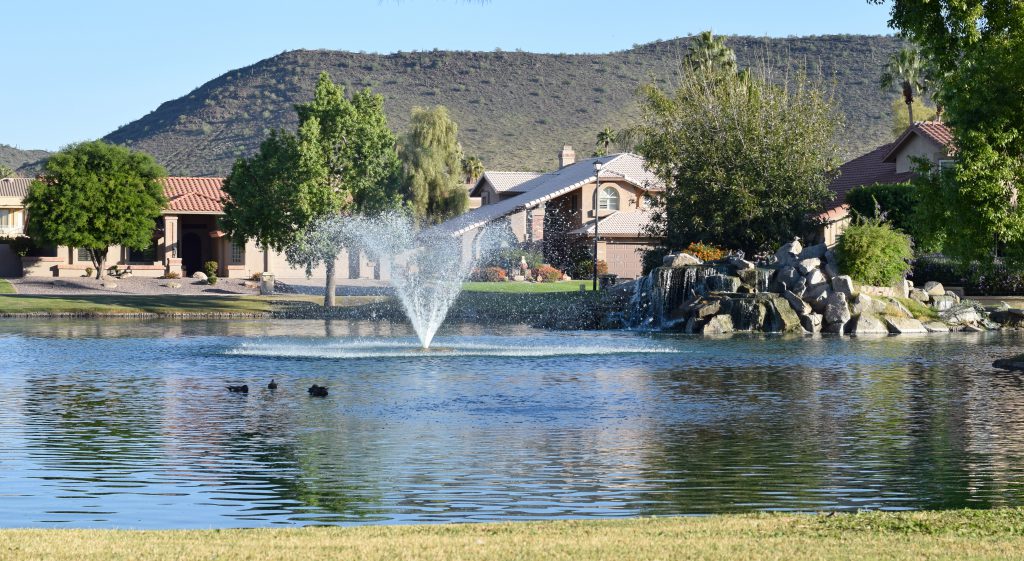
Sustainable Solutions for Lake and Pond Management
As lakes and ponds age, they are continually impacted by sedimentation and nutrient enrichment. Eventually, sediment and nutrient overload can lead to poor water quality and increased algae and nuisance aquatic vegetation blooms. It is extremely important to establish maintenance programs for community lakes and ponds which also function as stormwater management facilities. A key feature of these programs is the ongoing management of invasive vegetation and algal blooms.
The repetitive application of pesticides as the primary strategy for vegetation control is not environmentally sustainable, and the management focus is shifting toward non-chemical methods. In addition, due to tightened regulations and general public wariness regarding the use of algaecides and herbicides, it is becoming increasingly important to find alternatives for our nuisance aquatic vegetation treatment programs.
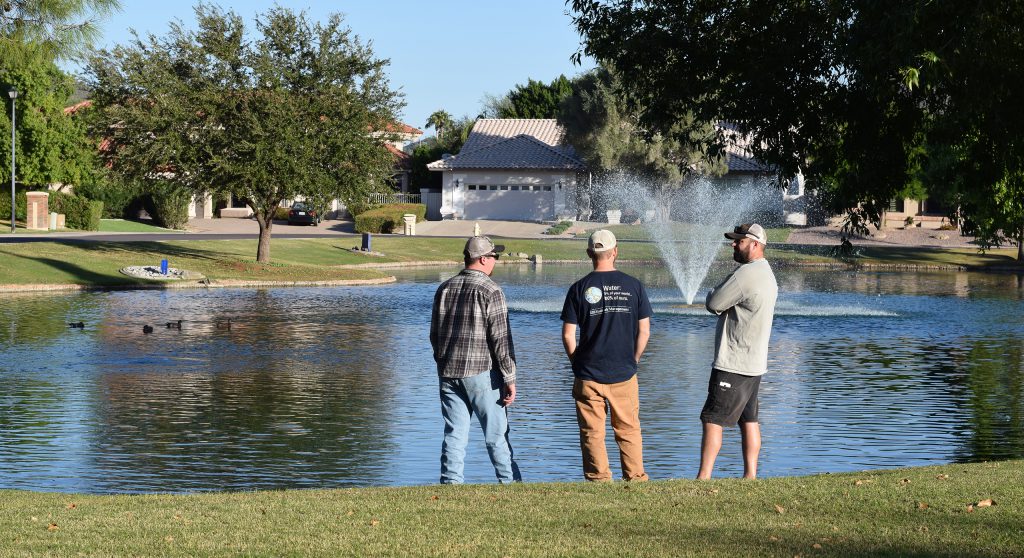
Integrated Pest Management Plan
Integrated Pest Management (IPM) is a comprehensive approach to pest management that includes many non-chemical strategies before or along with the use of pesticides. The implementation of a long-term, proactive IPM Plan for algae and aquatic weed management helps to reduce the quantity of chemical products used, while still providing for a healthy and aesthetically pleasing waterbody.
There are many different potential components to an IPM Plan, including prevention, mechanical and physical practices, cultural controls, and biological solutions. However, not all of the strategies are practical or cost-effective for every waterbody. A critical phase in the development of a comprehensive IPM Plan is to evaluate which strategies will be appropriate for a specific site. However, many IPM practices are simple and inexpensive and can be broadly applied to almost every waterbody.
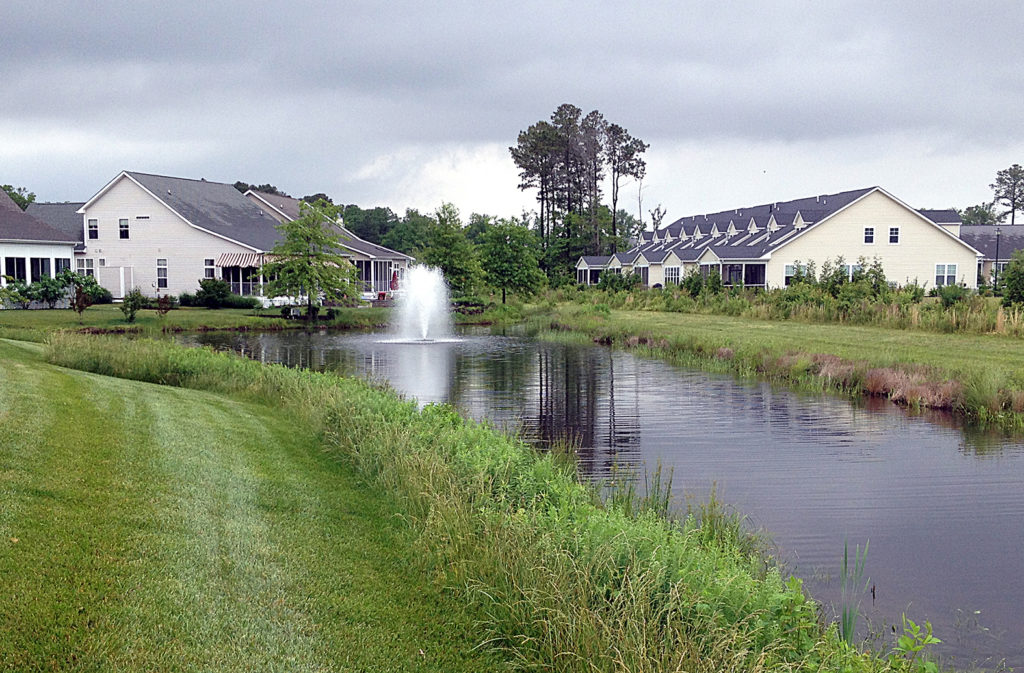
Prevention Strategies
Preventing the introduction of sediment and nutrients into the water, in the first place, can provide long-term benefits for water quality. Many times, it can be achieved by very simple and inexpensive cultural practices. Establishing healthy communities of shoreline aquatic vegetation or allowing natural grasses to grow around the edges of a lake or pond will provide a filter for runoff, thus minimizing the sediment and nutrients entering into the pond. In addition, the vegetation will serve to stabilize the shoreline and prevent erosion and the introduction of more sediment into the water.
A buffer of grasses surrounding a lake or pond also makes a waterbody less attractive to Canada geese because they will not walk through vegetation over their heads. Since their bodily waste is an additional source of nutrients to a waterbody, preventing the presence of geese around the pond has its own benefits. Buffers should be trimmed at least once per year and should be selectively managed throughout the growing season, removing any woody vegetation or non-native, invasive plants.
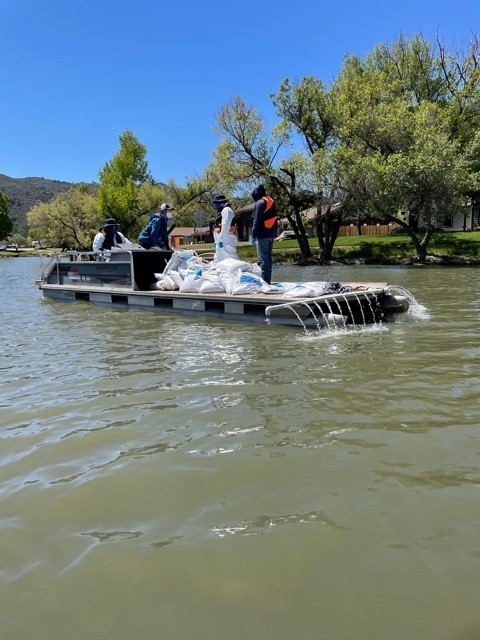
Restoration Strategies
Other IPM strategies are geared towards remedying the impacts that have already occurred, and focus on the root causes of the problems rather than just the symptoms. For a lake or pond with severe algae issues, strategies that improve water quality can make a big difference in the overall health and appearance of the waterbody.
Nutrient mitigation is a widely used practice that directly targets and inactivates the phosphorus in the water and bottom sediments of a waterbody. This technique can literally reverse the aging process and associated effects of nutrient loading. Phoslock and alum are the two most commonly used products for this purpose. Product selection and program development would be based on site specific conditions and the general budget for the project.
Another commonly recommended IPM strategy for water quality restoration is the installation of an aeration or circulation system. Aeration improves the health of a waterbody by adding oxygen to the system. The circulating action converts phosphorus to forms that are not usable by algae as food. It also creates conditions that favor the growth of healthy green phytoplankton rather than the potentially toxic cyanobacteria species. The end result is a healthier pond with fewer harmful algae blooms, and a reduction in the need for chemical treatments.
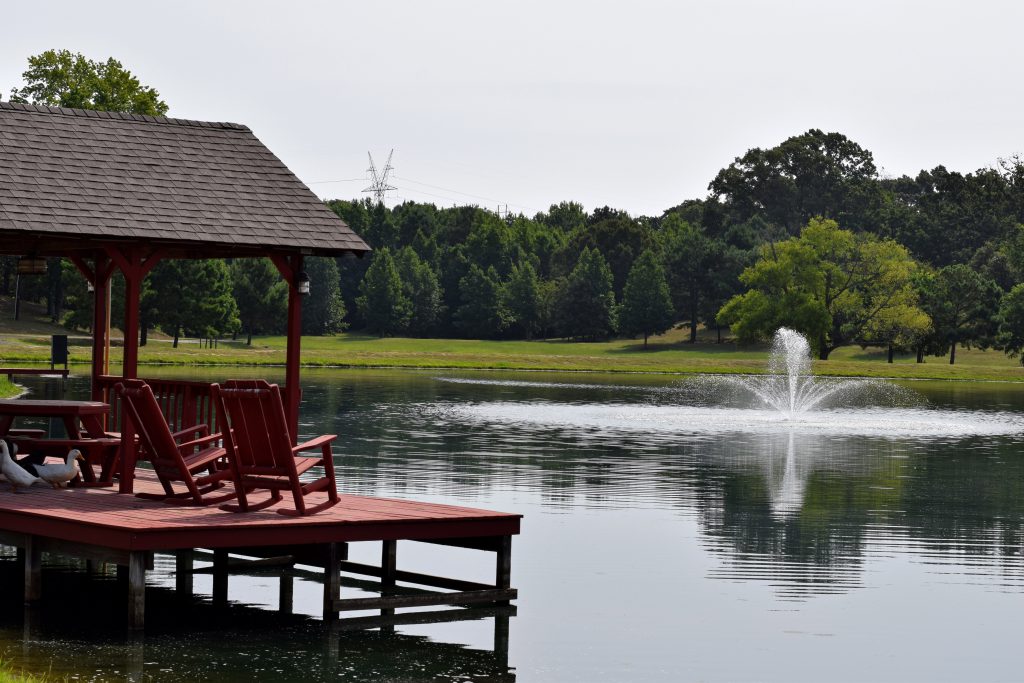
Implementing A Long-Term Management Plan
While there are numerous Integrated Pest Management strategies that can be applied as part of a long-term plan, it is important to consider all of the site-specific characteristics of your lake or pond in order to develop a successful and environmentally sustainable program. By implementing a comprehensive maintenance approach that employs a variety of water quality improvement strategies, the long-term result will be a more balanced waterbody that requires fewer applications of herbicides and algaecides to maintain it in a healthy and aesthetically pleasing state.
Who We Are
SOLitude Lake Management is a nationwide environmental firm committed to providing sustainable solutions that improve water quality, enhance beauty, preserve natural resources and reduce our environmental footprint. SOLitude’s team of aquatic resource management professionals specializes in the development and execution of customized lake, pond, wetland and fisheries management programs that include water quality testing and restoration, nutrient remediation, algae and aquatic weed control, installation and maintenance of fountains and aeration systems, bathymetry, shoreline erosion restoration, mechanical harvesting and hydro-raking, lake vegetation studies, biological assessments, habitat evaluations, and invasive species management. Services and educational resources are available to clients nationwide, including homeowners associations, multi-family and apartment communities, golf courses, commercial developments, ranches, private landowners, reservoirs, recreational and public lakes, municipalities, drinking water authorities, parks, and state and federal agencies. SOLitude Lake Management is a proud member of the Rentokil Steritech family of companies in North America.









